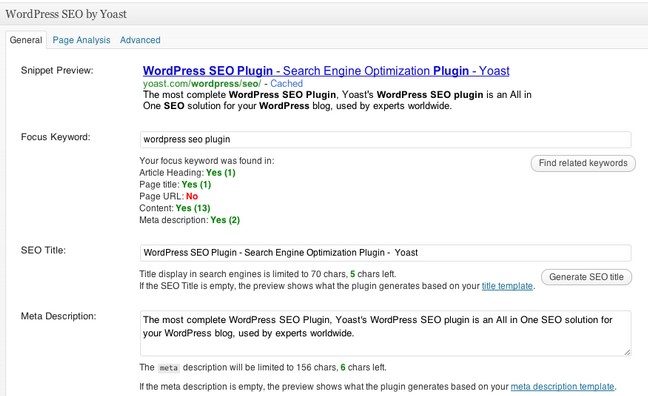Content may be King, and it is a primary factor for successful SEO. And it’s what marketers all round the world push to boost online visibility. But its only one part of the story.
Content comes in many forms – web pages, blogs, articles, rich-media assets like PDF, PPT or infographics. Its real power is released in optimization, then syndication.
Use meta data to optimize content for search engines. Search engine crawlers look at meta information to understand what the page is actually about, affecting your search result ranking.
Here are the different kinds of meta data optimization:
Web-page properties which can be optimized include:
Optimize blog posts much like web-pages. If the blog is on a popular CMS like WordPress then optimization becomes relatively easy with plugins like Yoast.

OGP (Open Graph Protocols) include optimizing the HTML in the <head> section of the page:
Optimize rich media assets like PDF’s by adding document properties such as title, author, subject and keywords.
Sites can be optimized using structured meta data and mobile metadata. The viewport tag found in the head section lets search engines know about mobile sites. Google Developers lists information about viewport tags and mobile optimization techniques.
Effective optimization requires technical expertise and close co-ordination between digital marketers and developers. On-page optimization as well as all of the factors listed above are key to successful SEO and need to be considered when optimizing a site.
Share your thoughts in the comments section.